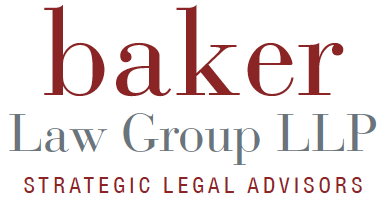#MeToo Is For You, Too
If you’ve had access to a smartphone, computer, television, or even a newspaper in the last year, it is no surprise to you that harassment is prevalent in the news and not to be taken lightly. The #MeToo movement has surfaced unfortunate truths of what can take place in public areas, at home, or even at work. People are standing up for themselves and all industries should be working towards creating a safe space that holds people accountable and protects employees.
Movements like this are eye-opening for employers and employees. It begs the question, what constitutes harassment and what are our rights?
Luckily, there are measures you can take to protect yourself. To begin, we will start by defining harassment.
According to Roby v. McKesson Corp (2009), harassment “refers to bias that is expressed or communicated through interpersonal relations in the workplace.”
There are multiple types of harassment in the business world, but some of the most common are sexual, racial, and gender. So how do you keep this from happening to you?
Here are five simple questions you can ask and steps you can take to protect yourself from harassment within your work environment.
- What is the written policy regarding harassment?
Ask your employer if there is a written harassment policy. If so, familiarize yourself with the policy and related resources. If not, work with human resources or your superior to request the creation of a written policy. Allowing full transparency of the policy will allow all employees, including yourself, to feel comfortable with knowing what you are protected from and what is considered inappropriate behavior that should be brought to light.
- Is the complaint process clear and comfortable?
Understand the steps needed to file a harassment complaint. Speak with your employer to determine the best point of contact and to identify an option who is not your direct superior. It is important for you to know you can speak with a member of the company who is not your direct supervisor. Filing a complaint is stressful and the additional stress of approaching a superior can be enough to deter you from speaking up, causing further problems.
- Is there a thorough, fair, and timely investigation process?
If there are no systems to protect you in the workplace, you may not be taken seriously or cared for. Speak with your employer or superior to determine set protocols. If there are none, contact human resources to request the outline of an investigation process in writing.
- Will you have confidentiality and protection if you speak up?
No matter the situation, this is a sensitive subject for all parties involved. Confidentiality is key to providing the support necessary for you and allows you to feel comfortable and safe through the process. It could also protect you from opinions and criticism that may result in increased harassment by co-workers. You have a right to feel safe from judgement or further harassment through the reporting and correction process.
- Will your company/employer follow through with action?
The most important step is to confirm the processes are in place that leave you confident your company or employer will take every incident seriously and will take the necessary steps to protect you. If you are ever in an incident of harassment, your company should assure you of their value of you as an employee and person and demonstrate the necessary steps to insure your safety and protection.
The #MeToo movement has inspired change and a voice for this ongoing problem within the workplace. You, too, can step up to prevent harassment in the workplace. Follow these five steps, ask the right questions, and work with your company or employer to perfect your prevention plan.
If you are concerned about the resources offered by your company to protect you from workplace harassment or if you have experienced harassment and need additional support outside your company, reach out to us today.
